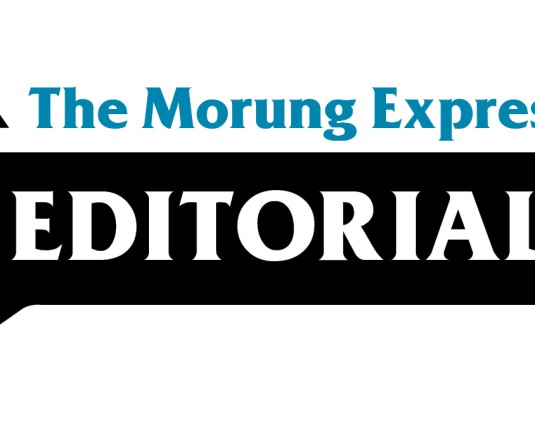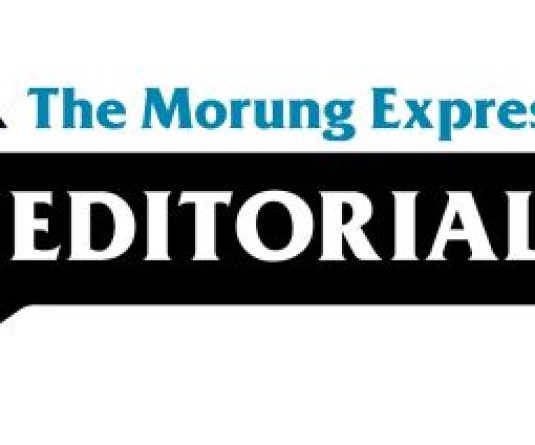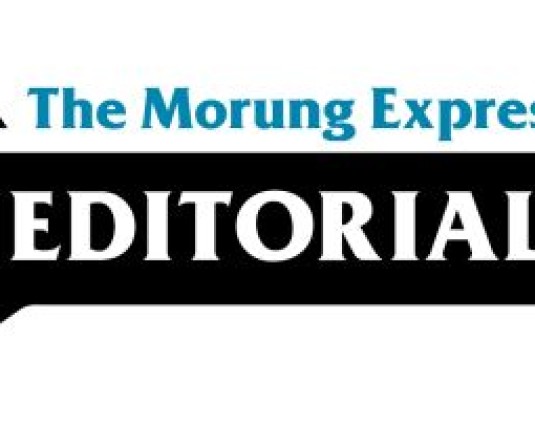
By Imkong Walling
Phenomenal is the word that strikes, plotting the trajectory of Nagaland’s Hornbill Festival. From the dreary clay surface of a derelict Kohima local ground to the glittering veneer of Kisama, also known as the Naga Heritage Village, it has come a long and winding way.
Birthed during the early years of the ‘ceasefire’ era, it came at a time as a people were trying to embrace a seemingly newfound ‘peace,’ beginning to shed the fear and trepidation ingrained over 5 decades.
“We hope that in the coming years, as the festival gains popularity and generate interest… our people would be directly benefited…” said the then Chief Minister of Nagaland, Dr SC Jamir, at the launch of the Hornbill Festival in December 2000.
A ‘Window to Nagaland’ it was intended to be, and in the years since, Jamir’s successor ensured it did. It went on to live up to more than being a ‘window view’ to opening up the door to the state like never before. Its growth mirrored that of the political ascend of the incumbent Chief Minister, who ensured there was no dearth of funding.
The festival turned out to be a tourism masterstroke to building an aura of exoticism. As its popularity grew so did the footfall. From a few hundred in the initial years, the visitors’ log progressively registered thousands, eventually crossing the lakh (one hundred thousand) barrier in recent years.
It has had the company of the President and Prime Minister of India, and foreign diplomats consistently turning up on official invite, and also on their own volition. It has put Nagaland on a global tourism platter, in short.
And if the latest announcement from the state government is any indication, the festival’s packaging is imagined to get bigger and better. In addition to the yearly allotment for organising the festival, the government has announced injection of Rs 100 cr over the next two years. Details remain vague but it is assumed that it will be for improving and upgrading infrastructure, and for keeping the venue alive with tourism activities the year round, as opposed to the present once-a-year festivity.
Rising from obscurity to a global tourist attraction is a feat that cannot go unnoticed. The vision, dedication and investment of the state government and its bureaucrats deserve applause, truly. Who knows, the planning and execution that went into making the Hornbill brand could get cited in tourism school books.
On a sad note, however, it has also served to build a veil obscuring the real Nagaland from view. Visitors or the world at large are dished out a filtered version far from the lived experiences.
The tourism it proclaimed to promote begins and ends with this one festival. The tourist trails largely go unbeaten the rest of the year, and the individual tribal festivals hardly getting any global attention.
Meanwhile, the devotion that has gone into building the Hornbill Festival has not been replicated in other sectors. The roads leading to Kisama, and ‘welcome gates,’ get a facelift once a year towards the end of November, only to wear off soon after the festivity ends.
Bringing water to homes remains a big concern, while decrepit health and education infrastructure continue to be ignored in the interiors.
Vista from a distance lends charm to the view. This notion was rendered beautifully in a poem attributed to a little known poet, Thomas Campbell, contemporaneous with the better known Wordsworth and Coleridge—
'Tis distance lends enchantment to the view,
And robes the mountain in its azure hue.
But as one gets closer to the reality, the attraction evaporates.
The writer is a Principal Correspondent at The Morung Express.
Comments can be sent to imkongwalls@gmail.com






